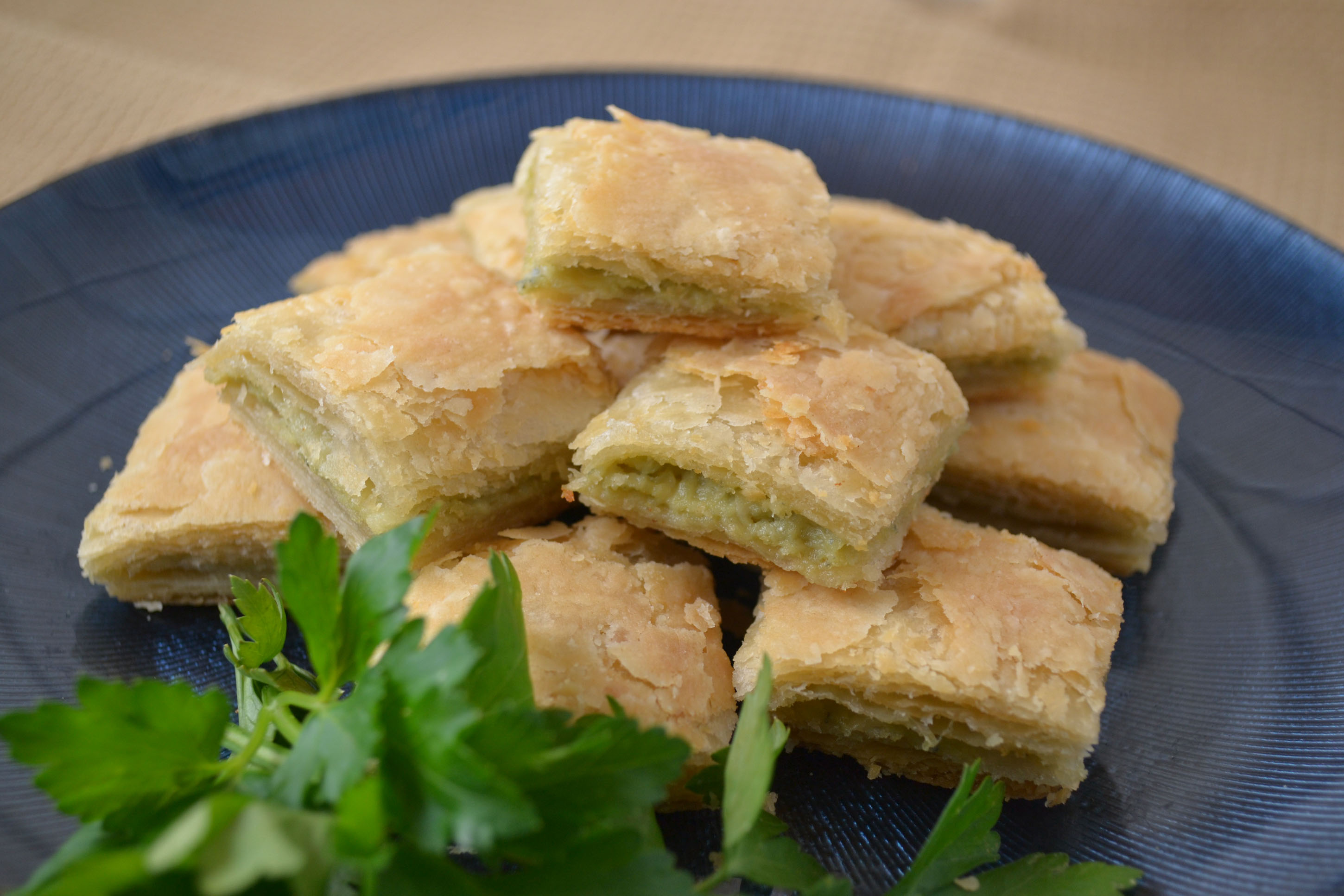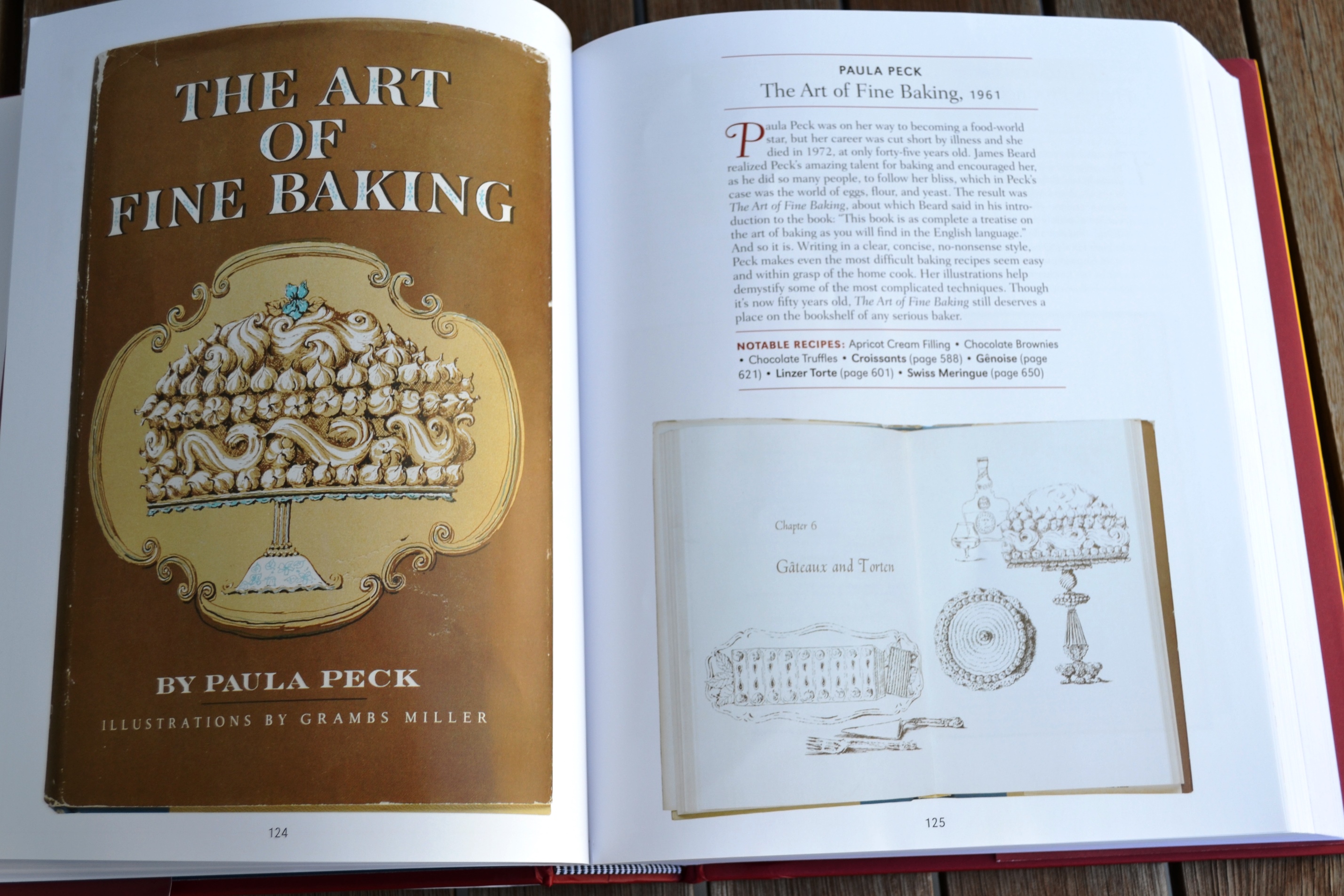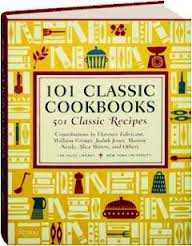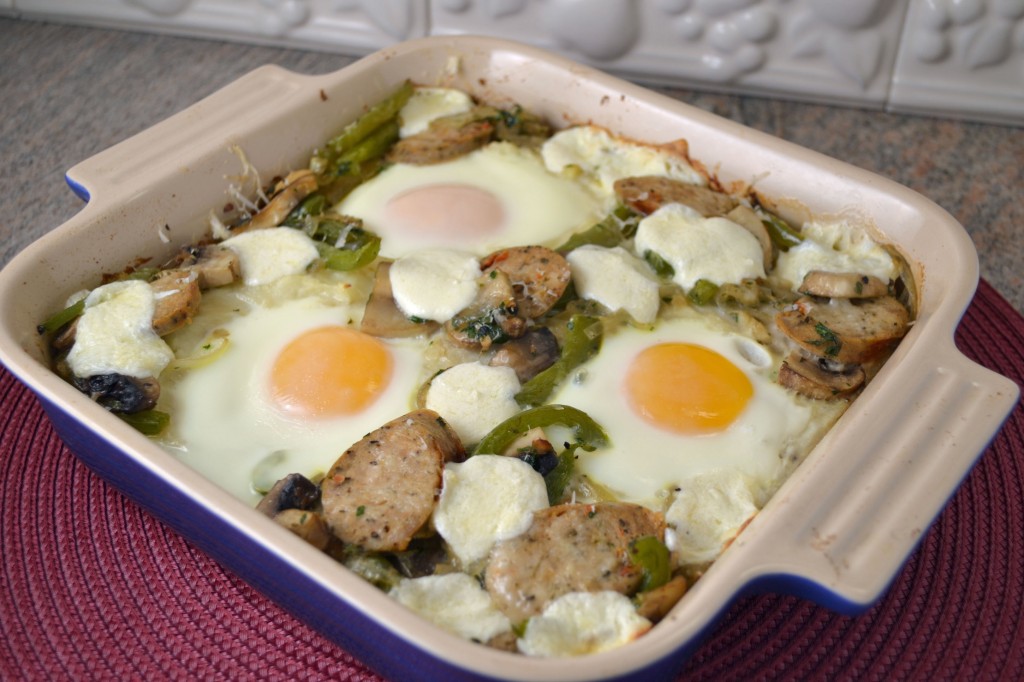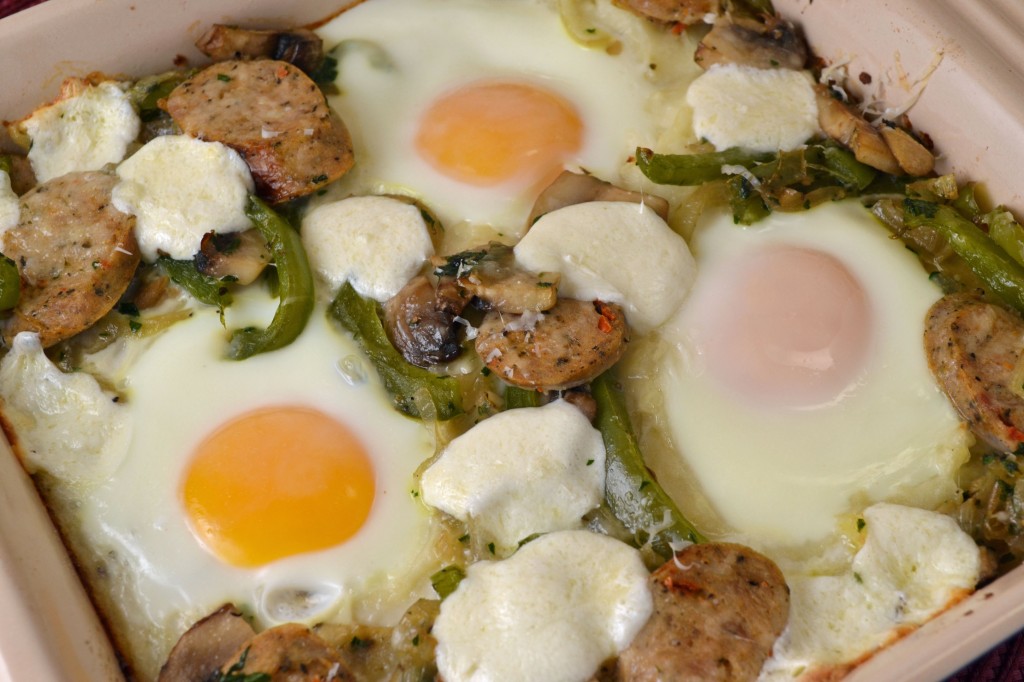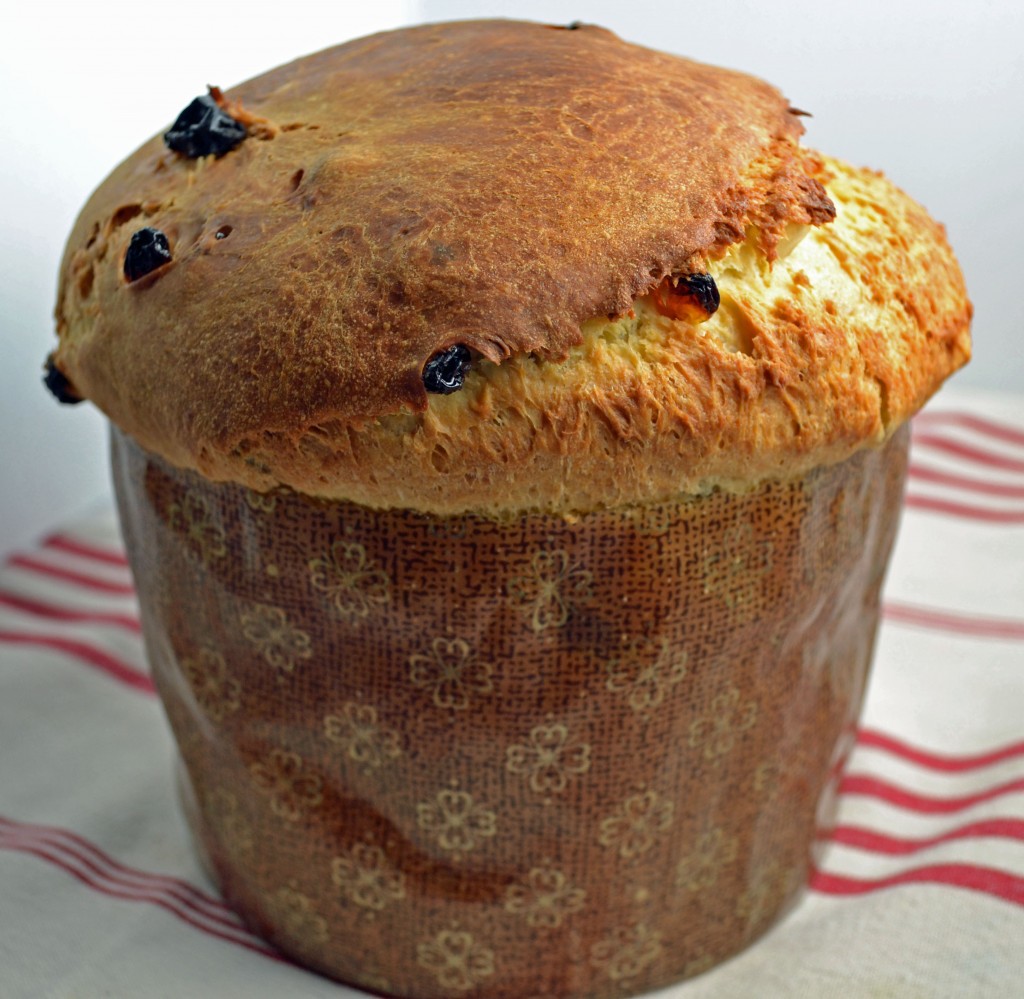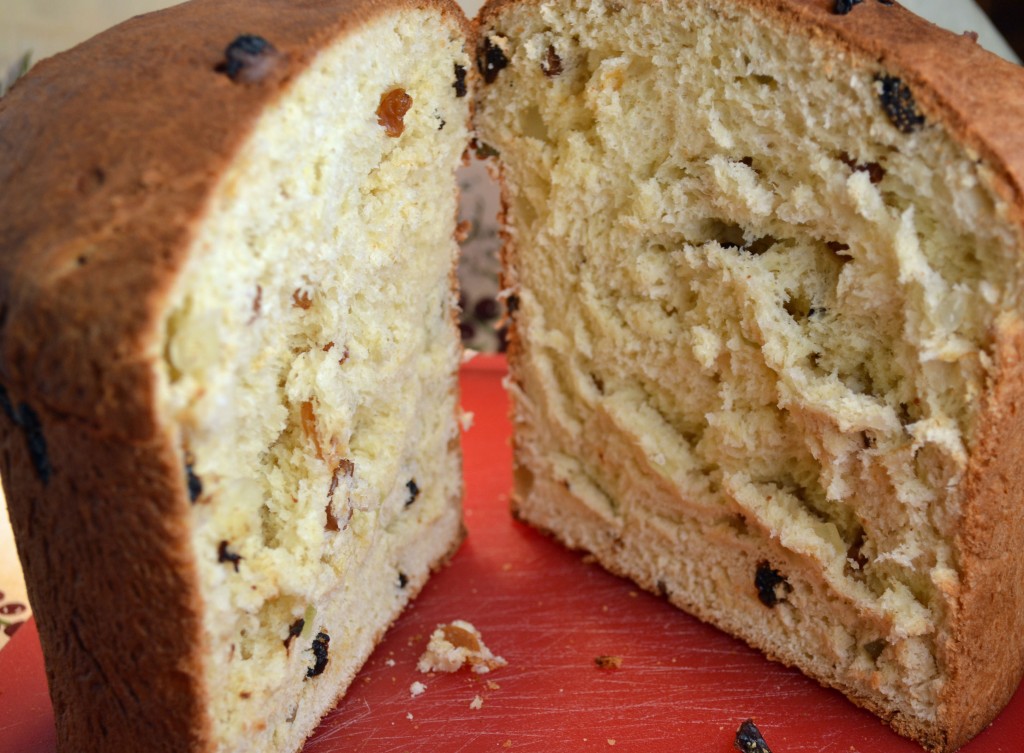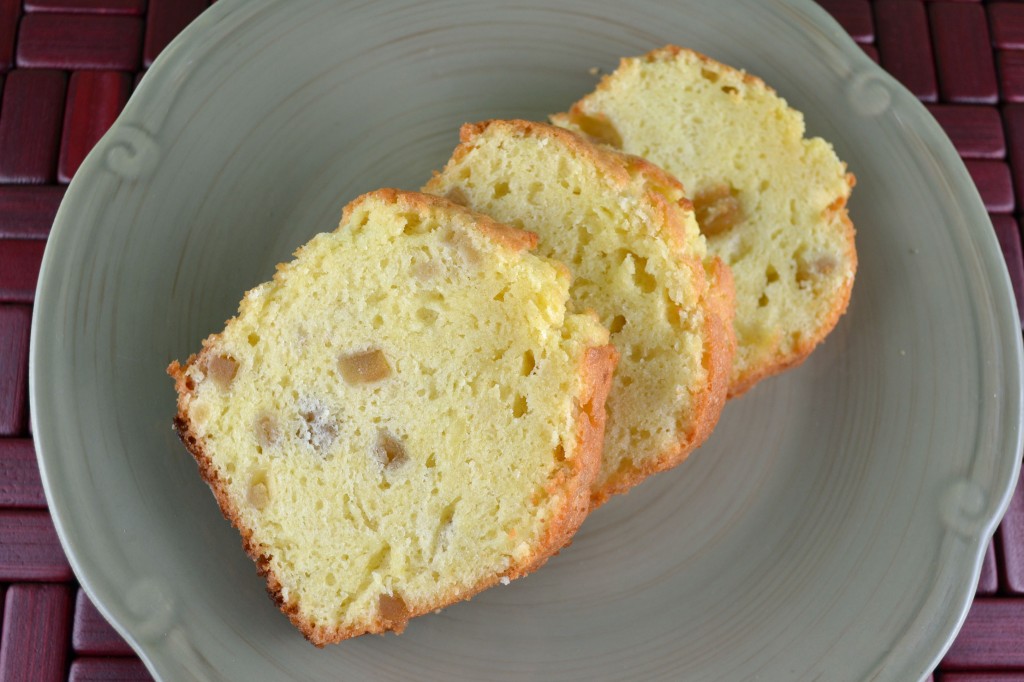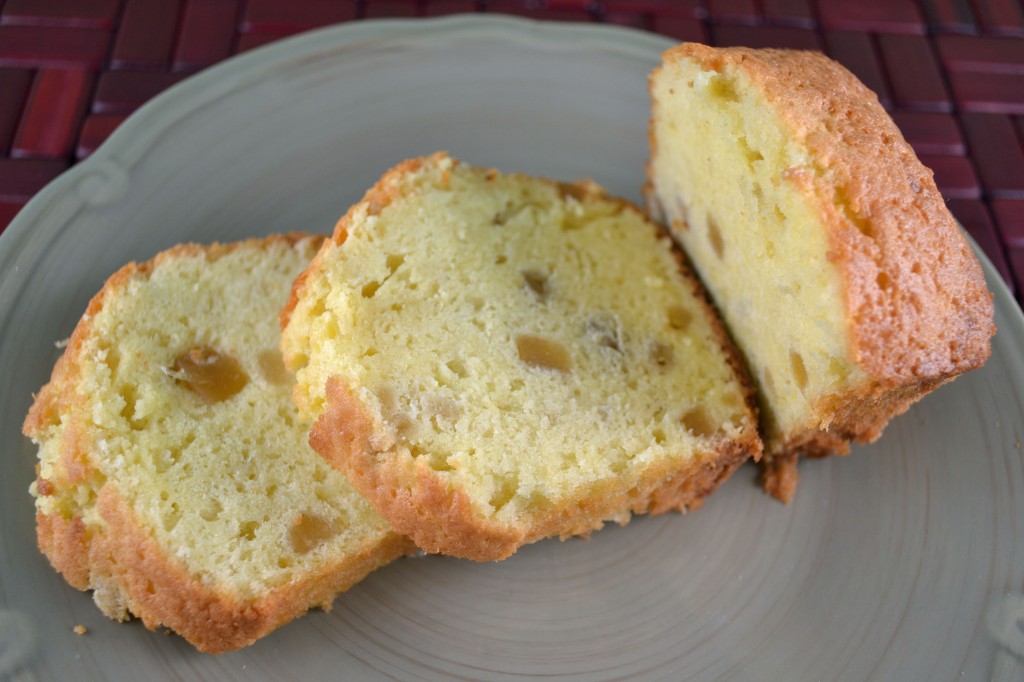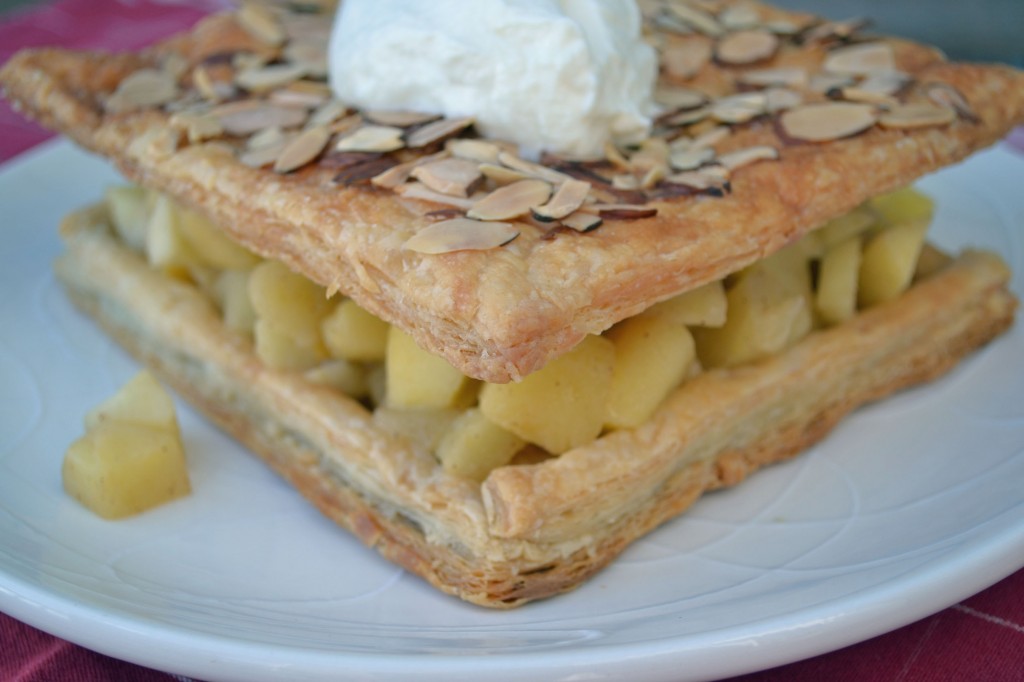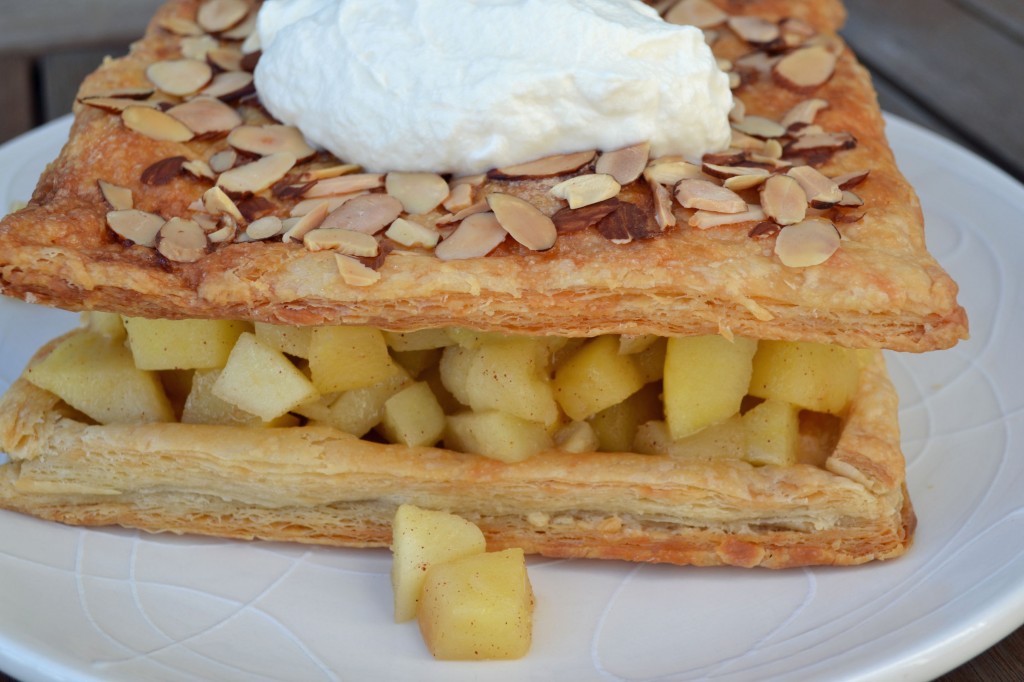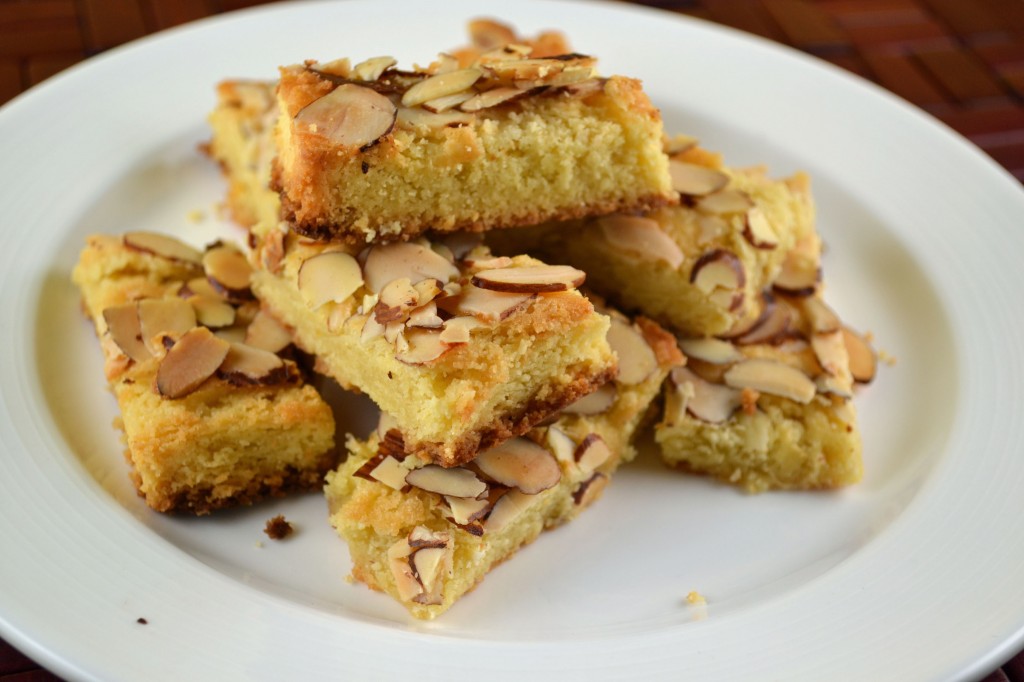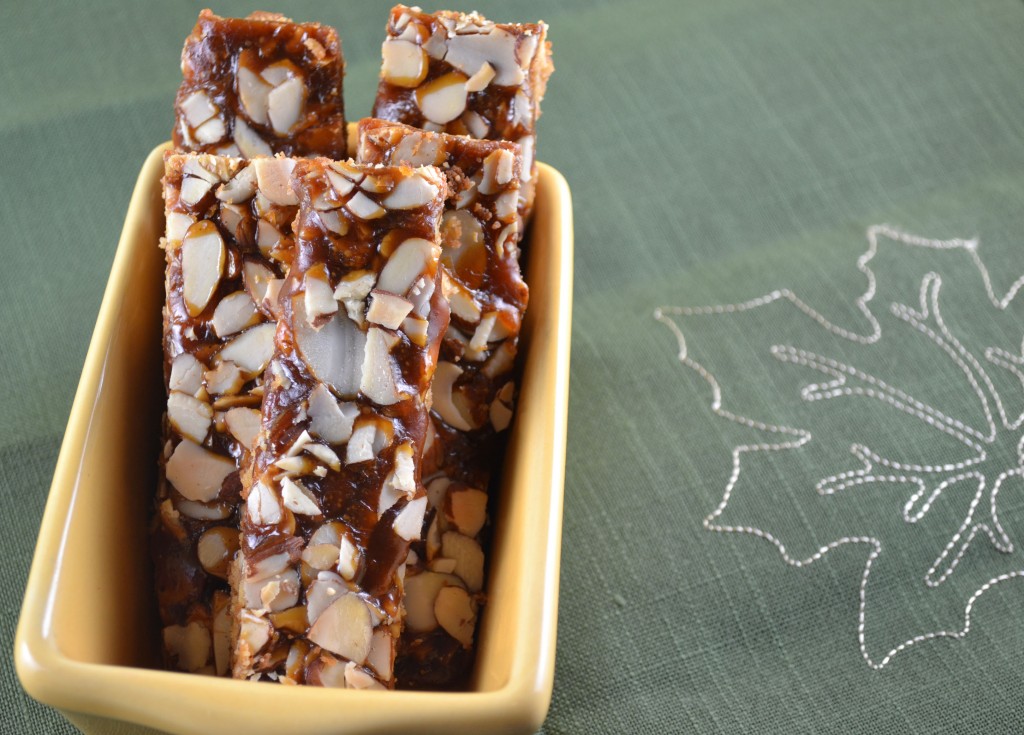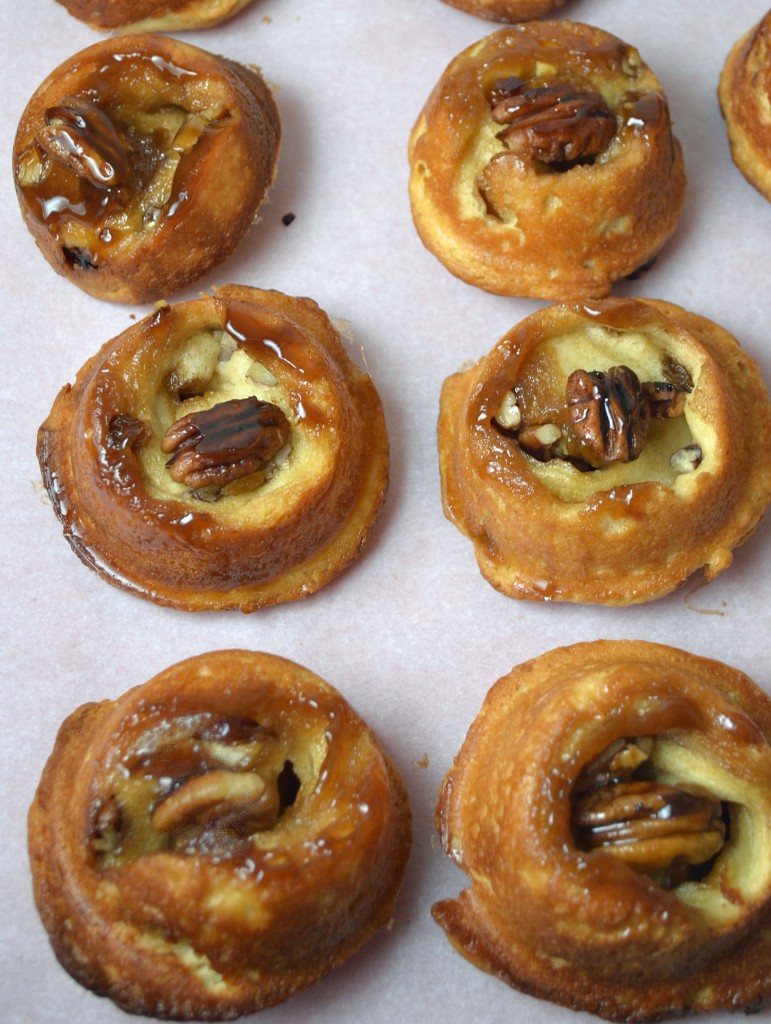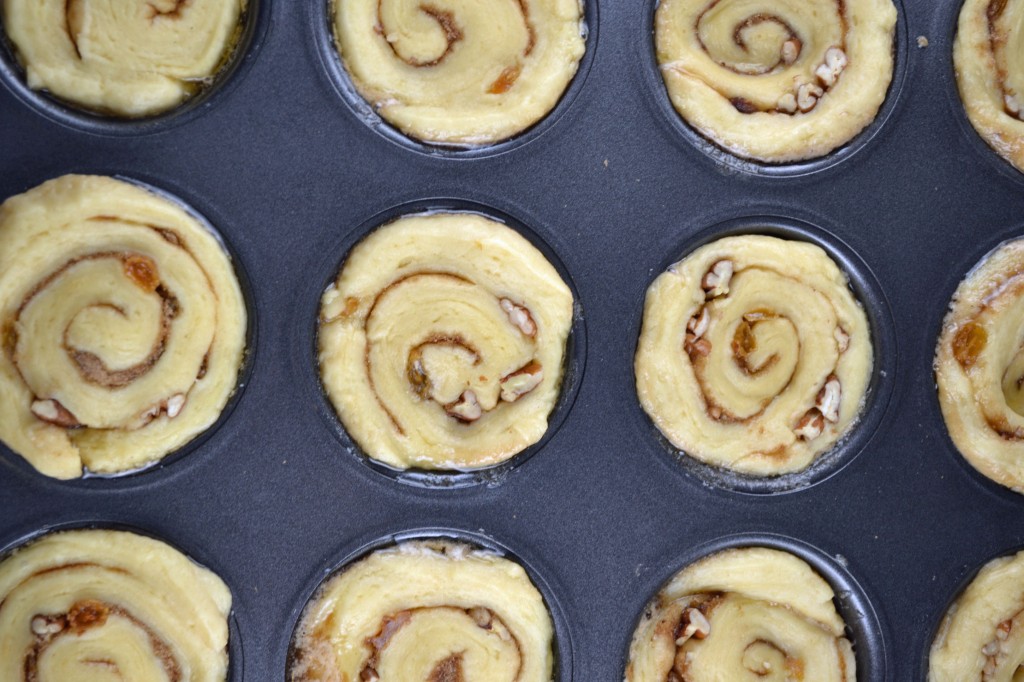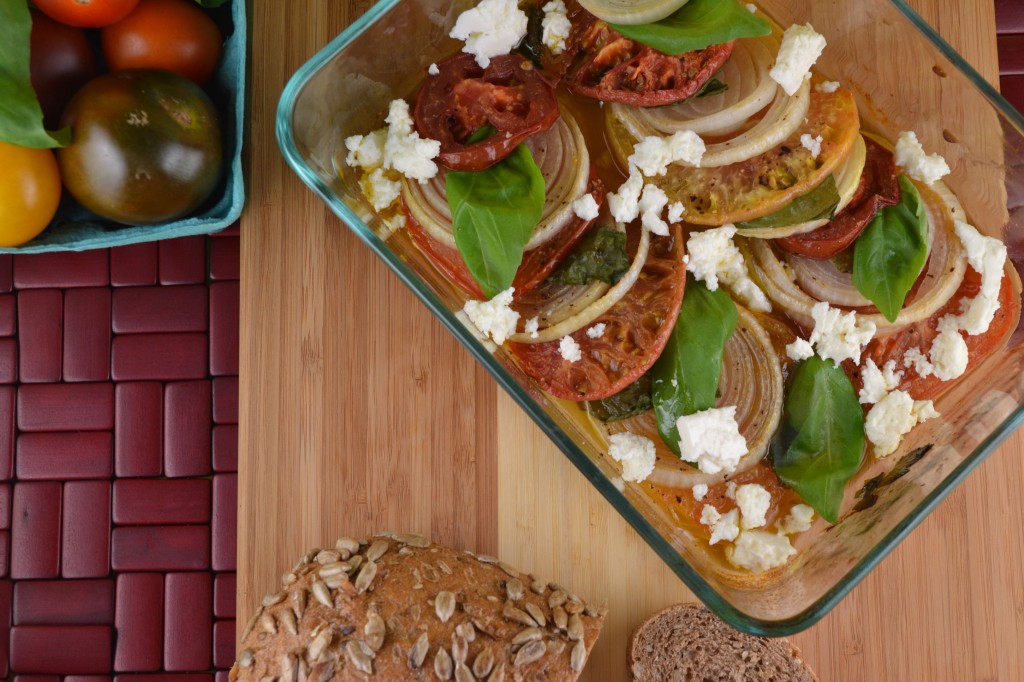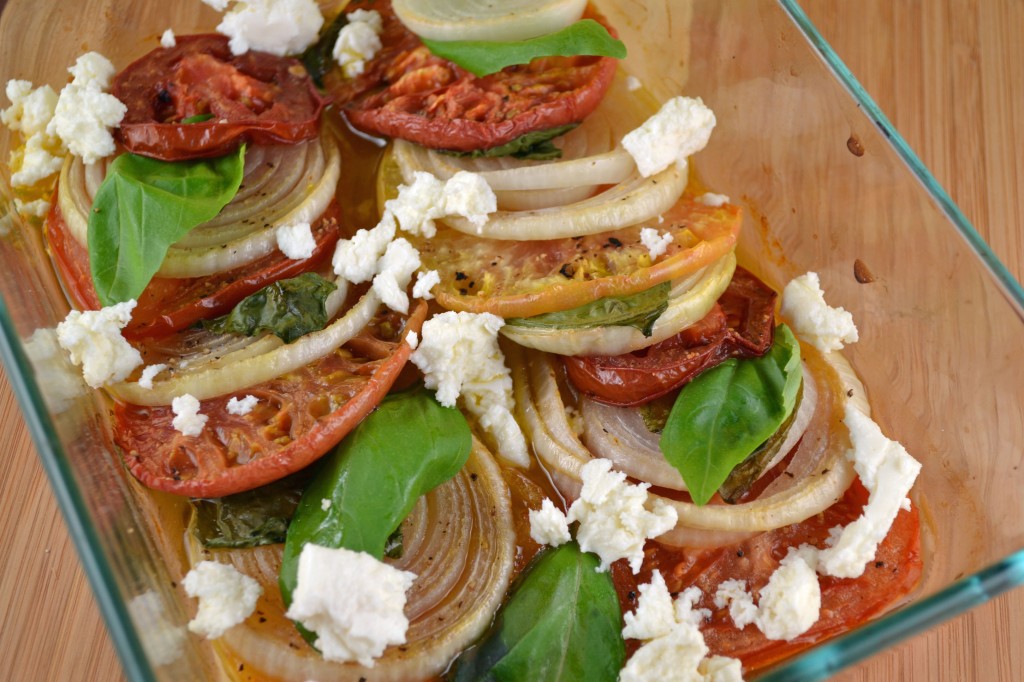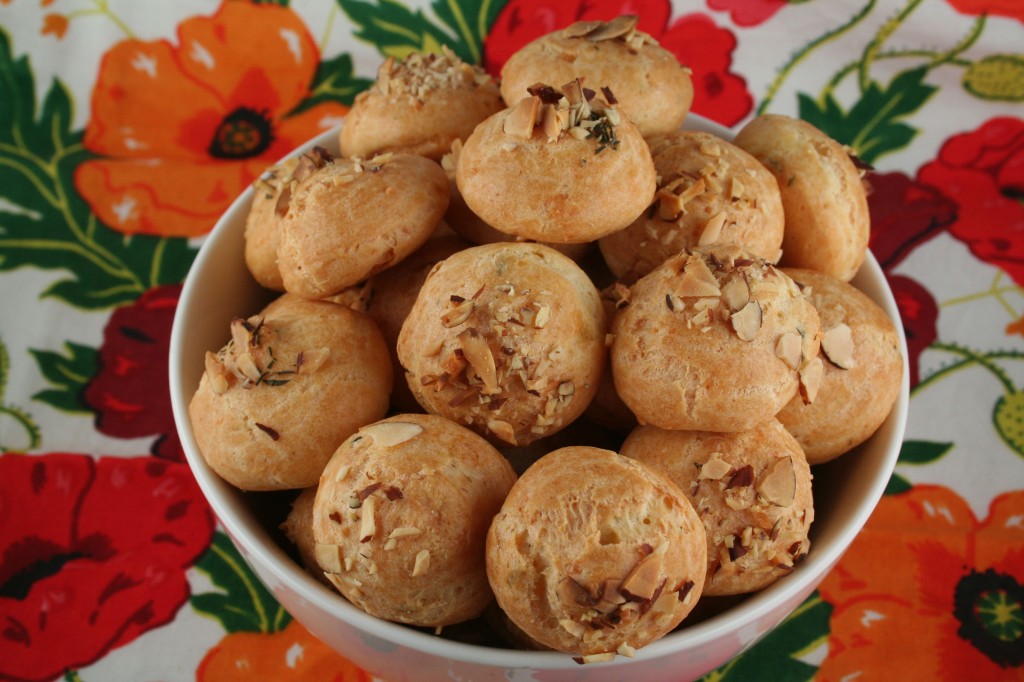Tucked away in the back of “The Art of Fine Baking” is an hors d’oeuvres section I keep finding myself coming back to. With recipes such as pizza pennies, potato puff sticks, and poppy seed straws, I always seem to find something interesting that I haven’t seen done before. Using puff pastry for a savory appetizer is somewhat foreign for me since as a dessert lover, I’m usually inclined to make something sweet or chocolatey. In this case, I happened to have some leftover puff pastry from my adventures in making puff pastry, so I set out to throw this quick appetizer together. If using store bought or pre-made puff pastry, this recipe couldn’t be easier. Roquefort or any blue cheese is combined with an egg yolk and a little cream, then spread on strips of puff pastry dough. The strips are then sandwiched together, baked, and simply cut into squares or rectangles. Served warm, the rich buttery taste of the flaky pastry and the sharp blue cheese is a decadence any party guests (perhaps the Superbowl?!) will definitely appreciate.
Ingredients:
1/2 puff pastry recipe or 1 sheet of frozen puff pastry, thawed
2/3 cup roquefort or blue cheese of your choice
1 egg yolk
1 teaspoon chopped parsley
1/4 teaspoon white pepper
1 to 2 tablespoons heavy cream
Preheat oven to 350 degrees.
To make the cheese filling: cream together cheese, egg yolk, chopped parsley, and pepper. Add 1-2 tablespoons heavy cream or just enough to make the mixture spreadable.
If using homemade puff pastry, roll out puff pastry dough to less than 1/8 inch thick and trim edges.
Divide sheet of puff pastry into strips 2 1/2 inches wide. Spread half the strips thinly with cheese filling. Cover filling with remaining strips of pastry.
Place on baking sheet lined with parchment paper. Chill 30 minutes. Bake 50-60 minutes or until pastry is golden brown. Cool slightly. Trim edges and cut into rectangles or squares.
Yield: Approximately 2 dozen
